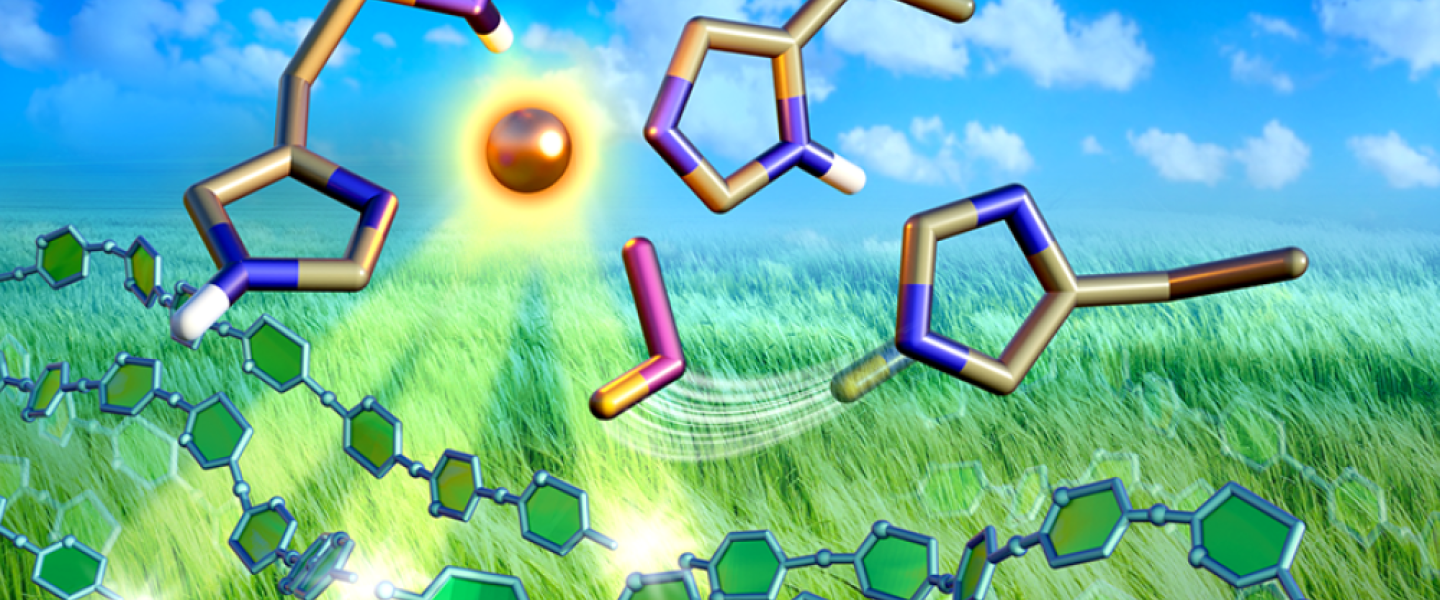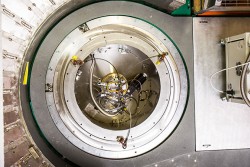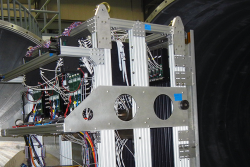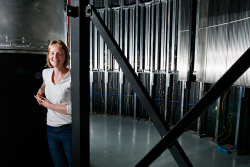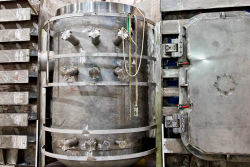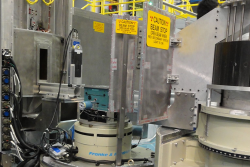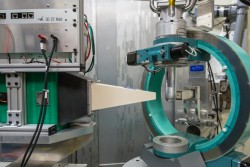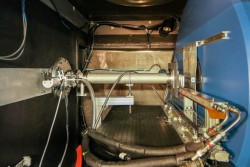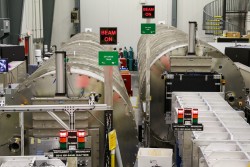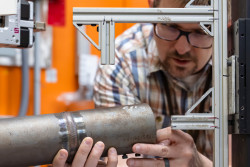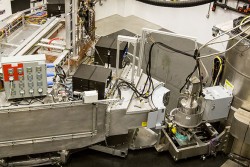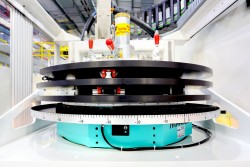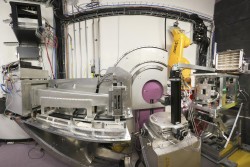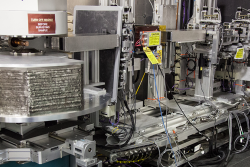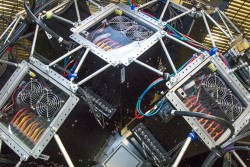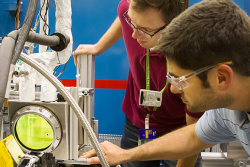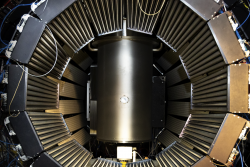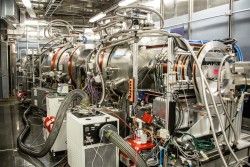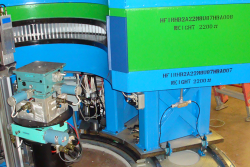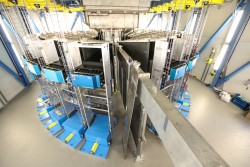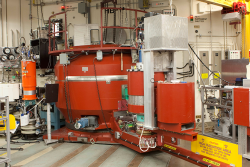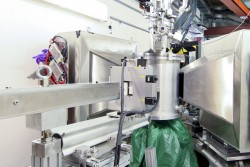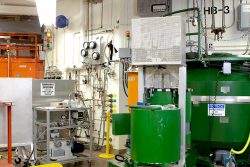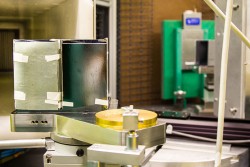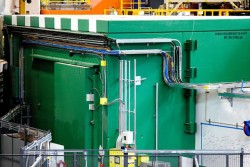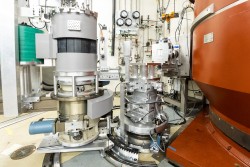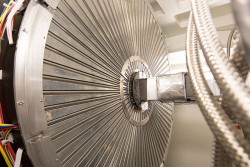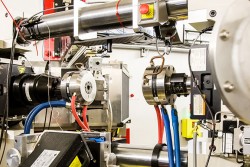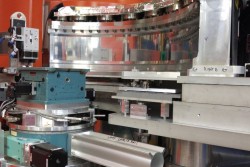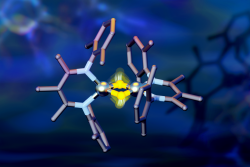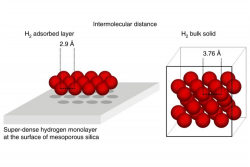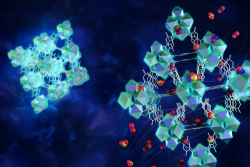Atomic-level dynamics in materials science, chemistry, condensed matter sciences
Geochemistry and Environmental Sciences
We obtain over 80% of our energy, a variety of minerals, and a large fraction of our water supply from the subsurface, underscoring the need for detailed understanding of geochemical processes.
Enabling abundant, affordable, reliable and efficient energy solutions requires an in-depth understanding of the properties of soils and rocks and their interactions with fluids, including water, hydrocarbons, carbon dioxide and hydrogen. Furthermore, the transport of contaminants and safe storage of nuclear and chemical wastes are important to understand in greater detail for improved remediation and environmental protection efforts.
The underlying dynamic, non-equilibrium processes include, but are not limited to, adsorption and desorption processes, multiphase flow, changes in porosity and surface roughness, redox reactions, dissolution and precipitation of minerals, and opening and closure of fractures. Understanding and controlling these processes at larger scales can be achieved from detailed studies of the underlying atomic to nanoscale mechanisms and reactions.
An overarching goal of this initiative is to develop an experiment-based understanding of the intricate relationships between nanoscale structure, chemical composition, and pressure and temperature with the paths of chemical transformations and the enrichment, depletion, and flow of fluids.
The critical need for progress in this area was made known in the Basic Research Needs for Geosciences report from the U.S. Department of Energy’s Basic Energy Sciences program’s Priority Research Direction:
- PRD1 - “Mineral-Water Interface Complexity and Dynamics”
- PRD3 - “Dynamic Imaging of Flow and Transport”
- PRD4 - “Fluid-Induced Rock Deformation”
- PRD5 - “Biogeochemistry in Extreme Subsurface Environments”
Subsequently, the U.S. Department of Energy’s Roundtable Report, “Controlling Subsurface Fractures and Fluid Flow: A Basic Research Agenda,” defined a grand challenge that called for “advanced imaging of stress and geological processes to help understand how stresses and chemical substances are distributed in the subsurface – knowledge that is critical to all aspects of subsurface engineering.” Some of the PRDs laid out in this report are:
- Achieving control of fluid flow through fractured media
- Better understanding how mechanical and geochemical perturbations to subsurface rock are coupled through fluid and mineral interactions
- Studying the structure, permeability, reactivity of nanoporous rocks like shale
- Creation of methods to determine the rates and mechanisms of fluid-rock processes
The goal of this initiative is to build the tools and community for the next generation of geochemistry research with neutrons, as well as seed research projects capitalizing on the unique opportunities arising from direct access to the neutron scattering facilities.


